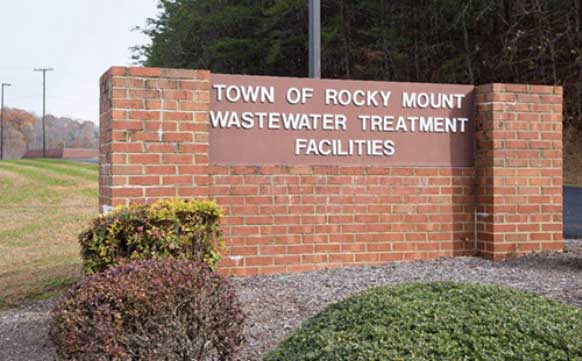 |
| County municipal wastewater treatment plant |
|
With the pandemic, the protests and the administration's response to them, and the exceedingly hot weather here in Sacramento, my recent discussion with a neighbor brought to mind how soon we forget about yesterday's challenges.
My neighbor was watering his lawn and I was reminded that just two years ago we had a severe drought and people were encouraged not only to stop watering their lawns, but to replace their lawns with drought resistant landscaping. Our city even paid for a portion of the cost. And so, Adele and I replaced a large portion of our property that had been covered with grass.
Of course in the meantime, the drought coupled with strong winds, led to devastating wildfires. And since I've been in California for about five years, I've heard about: drought, wildfires, floods, earthquakes, eruptions, pollution, landslides and now a pandemic. Seems like the 10 plagues of the Bible.
For whatever reason, it got me to remembering about a job that I worked on in the early 1970s. This was when the Clean Water Act was funding municipal projects to clean up the streams and rivers. I was put on a project to build an oxygen activated sludge system and an ozone disinfection system for Rocky Mount, North Carolina.
It seems that the textile industry had moved out of the lower East side of New York in the early 1900s, then moved to Eastern Pennsylvania, then move down south—eventually leaving the United States altogether.
But at this time, the textile companies that had moved to Rocky Mount were dying their fabrics and dumping the wastewater into the local stream. So, on Monday the water was yellow, Tuesday—red, Wednesday—blue…. You get the picture.
|
So we built this multimillion dollar oxygen generating plant, oxygen activated sludge system, and ozone disinfection system. It took three years, but it worked perfectly. I remember starting up the ozone —ozone is like supercharged oxygen—and within moments the wastewater had its color, its odor, and its smell dissipated. Wow! We really did clean up the environment.
There were only two problems. Problem number one—the plant used so much power that the city practically had a brown out every time it operated, and was hard-pressed to foot the bill for the plant's operation.
But problem number two was even more telling. It seems that Congress had revisited the Clean Water Act and by now was requiring the plant to clean up the wastewater before was discharged. So, the textile companies moved south of the border and to the Far East.
And Rocky Mount North Carolina was left with a multimillion dollar, state-of-the-art sewage treatment plant with very little sewage to treat.
And as far as I know, not being able to afford to operate this plant, they went back to their 50-year-old trickling filter device, and the Sanitation Commissioner returned to his old job of sitting on the front porch of the old wastewater plant, in his rocking chair with his hound dog at his side, and puffing away at his pipe.
How soon we forget.
P.S.
I just checked on their site, and it seems that the area continued growing, and now the plant is in full operation—as a County municipal wastewater treatment plant.
~ Al Zagofsky |
